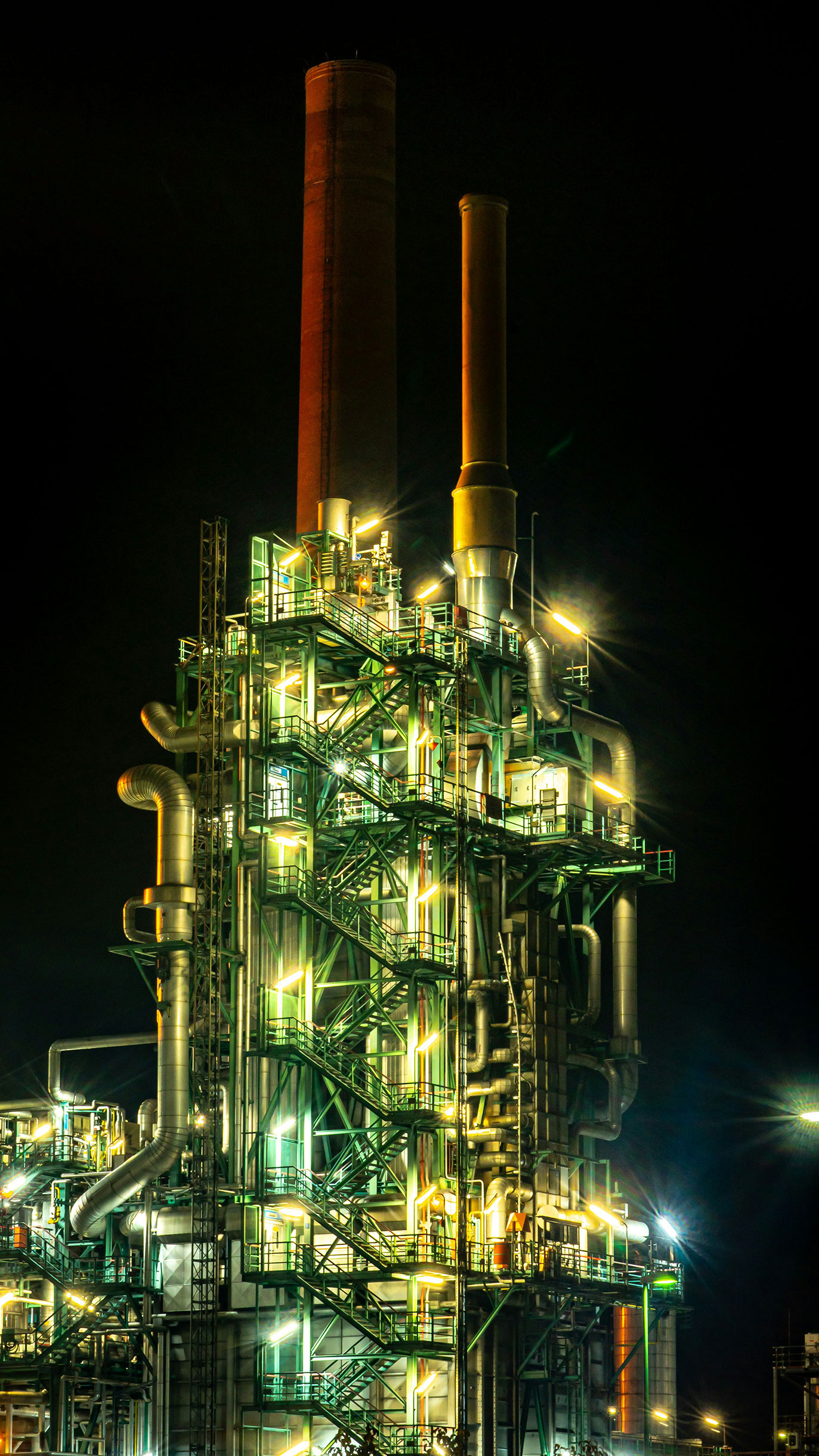At our core: the historical origins of safety at DuPont
Today DuPont is known for a wide array of products, additives and modifiers for polymers, electronic technologies, construction materials, and many more.
But in 1802, when E.I. du Pont founded the company on the shores of the Brandywine Creek, he had a single product in mind: gunpowder.
Unlike typical leaders of business and industry of the era, E.I. du Pont cared deeply about safety. The buildings in which the gunpowder was manufactured featured strong granite walls on three sides. The fourth side, open or built of light wood, faced the Brandywine, ensuring that the force of any accidental explosion would be directed out over the water where it would do the least damage. Determined that he and his family would share any risk with employees, he built his house right there in the blast zone.

The story of DuPont in numbers, gives you
useful insights.
Thank you for all those years.

By the 1920s, safety claimed the same status as other operational priorities: such as quality, productivity, and profitability.
In 1911, DuPont launched a major “Safety First” program by organizing workers’ safety committees, publishing safety literature, and sponsoring rallies at plants to promote safety awareness and injury prevention. This led to our being recognized widely as source of safety information, resources, and practices for companies all around the world.
In 1912, with the creation of the U.S. National Safety Council, the industry began keeping safety records. DuPont went from a frequency rate of 43.2 (major injuries per million hours worked) in 1912 to just 3.40 in 1927, the company’s 125th anniversary, reflecting that safety claimed the same status as other operational priorities such as quality, productivity, and profitability.
